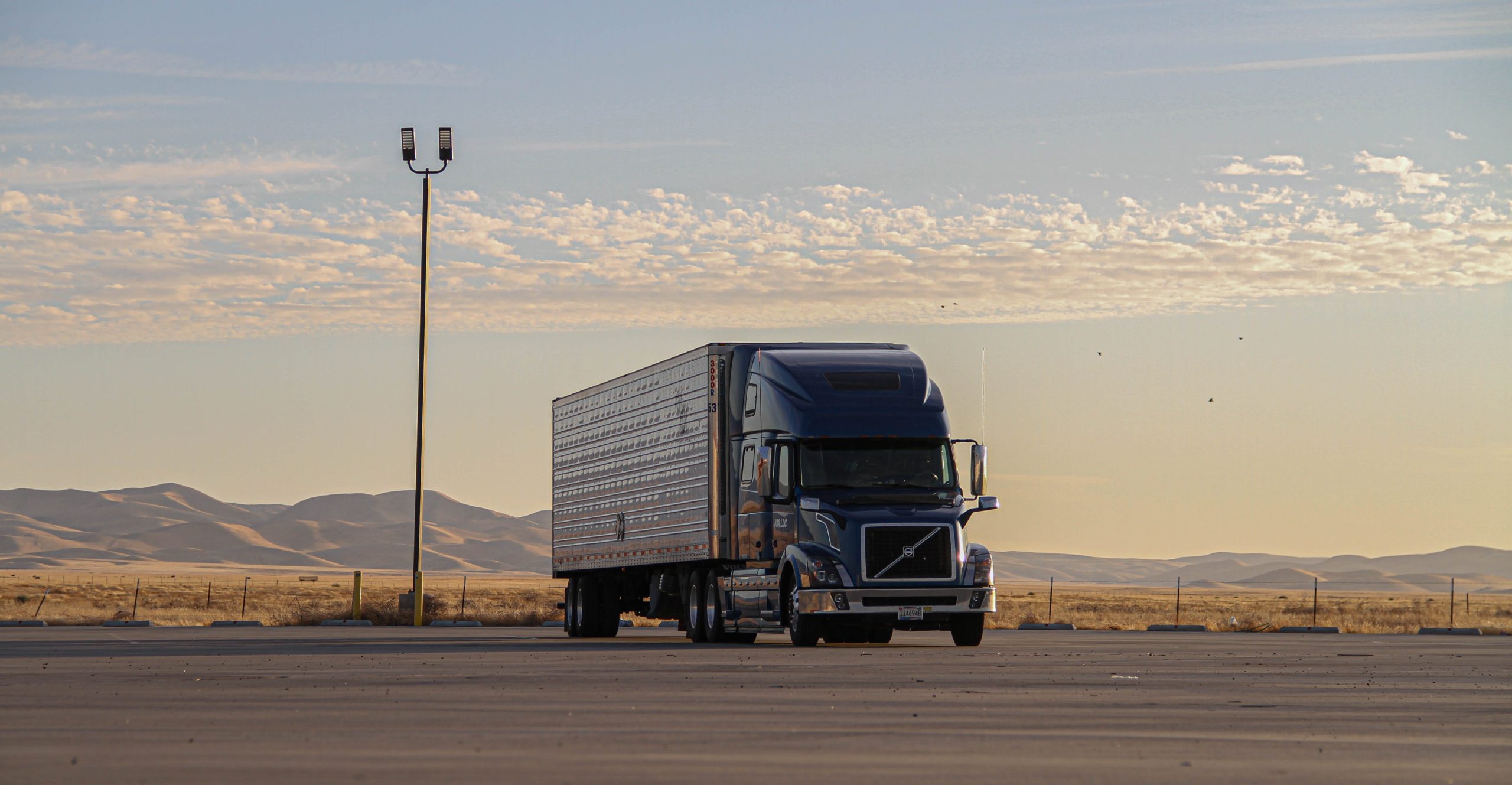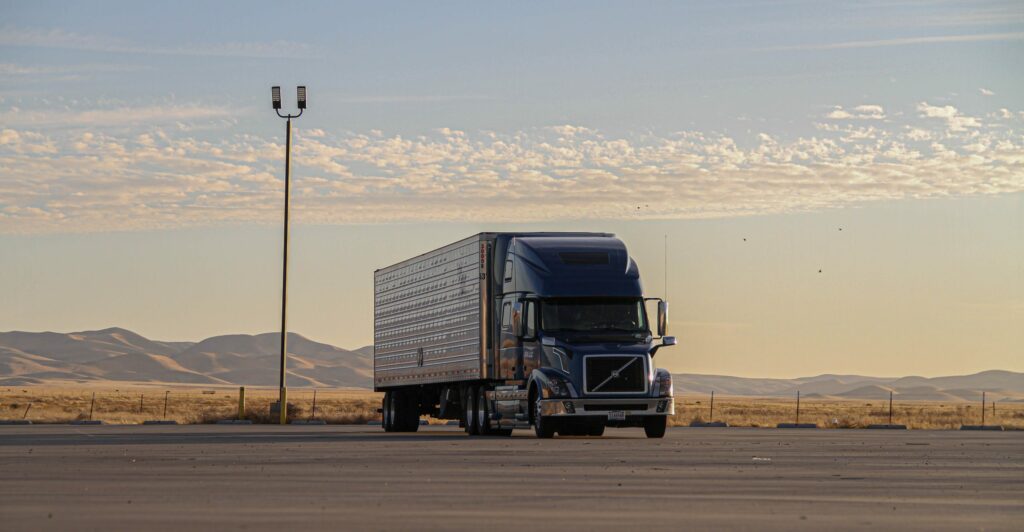Because of their size, weight, and handling, trucks can create some unique car accident situations. Here’s advice on what to do if you or a loved one is in an accident involving a truck, from a car accident attorney.
Summary of what to do after a car accident involving a truck:
- Call 911 and seek medical attention
- Call the police (for cases involving injury, death, or extensive property damage)
- Remain at the scene until police and emergency assistance arrive
- Get the details
- Take pictures and video evidence, if you can
- Report the accident to the NMDOT, if damages exceed $500
- Keep copies of all accident documentation
- Talk with an injury lawyer before filing a claim or talking to insurance companies
And here’s what not to do after a truck accident:
- Don’t move your car, unless it is blocking traffic or is unsafe to leave as is
- Don’t refuse treatment by Emergency Room professionals at the scene
- Don’t yell at or engage the other driver
- Don’t lose your cool
 Photo by Sander Yigin on Unsplash
Photo by Sander Yigin on Unsplash
Car accidents are, unfortunately, all too common on our country’s roads and interstates. But there are certain kinds of accidents that tend to be more common when a large commercial truck or similar vehicle is involved. The injuries that can occur can be more serious, too. If you or a loved one is in an accident involving a truck, there are certain steps you should take to ensure that everyone is safe and cared for. This includes getting the right kind of legal help to make a claim for damages and get compensation for injuries.
If you are reading this on your phone at the scene of an accident, scroll down to the “Immediately After the Accident” section below. The advice herein is for general education; for specific advice on your situation, please retain the services of a licensed attorney.
Unique Kinds of Accident Involving a Truck
The chances of getting into an accident with a truck or similar vehicle are greater than you might think. Nearly every good consumed in the U.S. travels on a truck at some point, whether it’s a semi-trailer, a flatbed truck, a box freight truck, or even a delivery truck. In all, the industry moves almost three-quarters of the goods shipped within the U.S., totaling almost 12 billion tons. Crashes involving one of these trucks can easily result in serious injuries and high-dollar property damage (i.e., extensive repairs to your vehicle).
Because trucks are larger than your average car, pick-up truck, or SUV, there are certain kinds of accidents that are unique to, or more common with, accidents involving trucks:
- Under-rides. An under-ride happens when a smaller vehicle hits a truck from behind, or from the side, and the end of the vehicle gets wedged under the truck.
- Lost loads. If a truck—particularly a flatbed truck—has not secured its cargo (“load”) properly, it can come flying off the bed. Such lost loads can present a hazard on the road or even hit cars directly.
- Blindspots. Trucks have larger blind spots than the average consumer vehicle, which increases the risk of collisions while on the road.
- Wide-turn crashes. Large trucks have to make turns at a 90-degree angle, which requires coming into the intersection and making a wide turn when turning right. This is often a recipe for misread cues and accidents.
- Jack-knife. A jack-knife happens when a truck bends between the trailer and the cab so that the truck appears folded. If an accident causes a trailer to jack-knife, it causes a loss of control and can turn into a very serious accident.
- Deadly rollover collisions. Besides possibly the jack-knife, a truck rollover is one of the deadliest kinds of accidents involving a truck.
In New Mexico, roughly 3% of all automobile accidents involve a semi-truck, and many of those are due to one or more of the above.
What To Do Immediately After a Car Accident
What you do immediately after a car accident will have important ramifications for your health and safety going forward—especially if you need to make a claim because of property damage or injury.
Step 1: Call 911 and get immediate medical attention. If anyone was injured in the accident, you should seek medical attention immediately, before anything else. A call to 911 is, in most cases, the quickest way to do this.
(Note that New Mexico also has a Good Samaritan law, meaning that in the case of an accident, care should be given to the extent that a reasonably prudent person would do so in said situation. Calling 911 is considered discharging this duty. In fact, New Mexico considers all people to have an obligation to call 911 for emergency services if someone is in danger or might need care.)
The 911 dispatcher will want to know the nature of the emergency or accident, where the accident happened, if anyone is injured and if there are any ongoing threats or problems.
Step 2: Call the police. The police will want an accident report filed for any car accident that results in injury or death, or that results in property damage of $500 or more.
Granted, you might not know at first sight whether the damage to your vehicle is over $500. As a rule of thumb, anything more than a scratch or small dent could possibly be over this limit. If in doubt, err on the side of caution and call the police. It is better to have a report filed for a minor accident than not to have the accident report, should the cost of repairs get out of hand.
If the officer who arrives on the scene asks for a statement, go ahead and describe the accident (and the events leading up to it) in as much detail as you can. What was the other driver doing? Were they switching lanes, or making a turn? Were they distracted (e.g., on their phone)? Did the other driver honk? Did you? It is important to get these details on the record, while they are fresh in your mind.
Step 3: Remain at the scene for police and first responders. Wait for the police and medical professionals to arrive. If the other driver or other witnesses to the accident attempt to leave, encourage them to stay, too, until help arrives.
Not only is it a good idea to be checked out by medical personnel, but the police will want a statement from any witnesses or parties to the accident.
Also, do not attempt to move any injured persons unless they are in immediate danger.
Step 4: Get the details. If you are injured, you should take care of your injuries first. The same goes for the other driver. But if you are both able to talk, this is the time to gather some information.
Start by getting the other driver’s name, and the company they work for (if a commercial driver). Also, get their license plate number—you can write this down or, better yet, take a photo.
Step 5: Take photos and video evidence (if possible). The wonderful thing about modern phones is that you always have a camera and video recorder with you. If you can, record the accident scene. Take photos or video of:
- Street signs that are close by, and that might be relevant (for example, a stop sign that might have been run)
- Any damage to the vehicles
- Any visible injuries you or your passengers suffered
- Any skid marks
- Damage to the surrounding area (damaged guardrails, fences, trees, street signs, etc.)
Try to take panoramic or wide-angle shots, and get photos and video from different angles. It is OK if you have many shots of the same thing—you never know what a new angle might reveal when it comes time to review the evidence.
In the Aftermath of an Accident Involving a Truck
Once everyone has received the medical attention they need and left the scene of the accident, there are a few more things you will need to do:
Step 6: If the police were not called to the scene, report the accident. If the police arrive on the scene, they will likely file an accident report with NMDoT when there are damages exceeding $500. If the police do not arrive on the scene for some reason, though, you can still send in a report yourself. NMDoT has a universal form for accident reports which you can download and fill out. You should do this as soon as possible.
Step 7: Keep copies of all accident documentation. Keep any photos, videos, or information you collect at the scene. Also, ask the officers at the scene for a copy of the accident report. In New Mexico, you have three years to file a claim for bodily injury, and four years to file claims for property damage (New Mexico code section 37-1-8). Hang onto any documents, as they might be relevant.
Step 8: Talk with an injury lawyer before filing a claim. If you’ve been injured in a car accident, you deserve to be compensated. The financial costs of a car accident and injury can pile up fast. Not only are there emergency room bills and doctors’ fees, but you might also have to pay for ongoing therapy, medical devices, and so on. Plus, there are lost wages and the cost of pain and suffering. To get the most out of your claim—and to be sure that it is processed correctly— you should speak with a personal injury lawyer.
Don’t settle for a lawyer that charges up-front fees. A good lawyer (who knows car accident law in New Mexico) will give you a free consultation. They get paid only when you successfully win a settlement. If you are looking for a car accident attorney in New Mexico (Albuquerque, Las Cruces, Farmington, or similar cities), or in Western Texas (El Paso), please reach out to us here at the Kane Law Firm. We have experience with car accidents involving trucks, and can help you get the compensation you deserve.
Please note that this article was created for advertisement purposes, and it does not constitute any contractual legal relationship, nor imply one.
